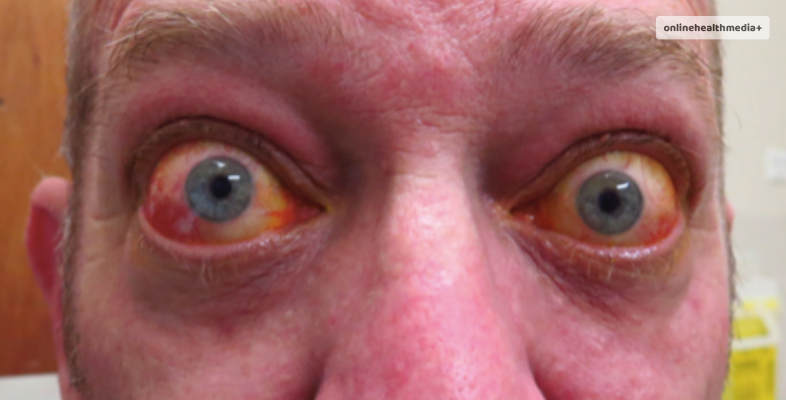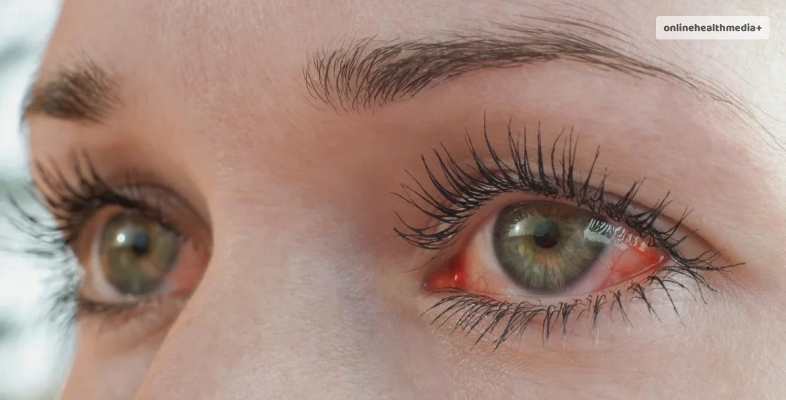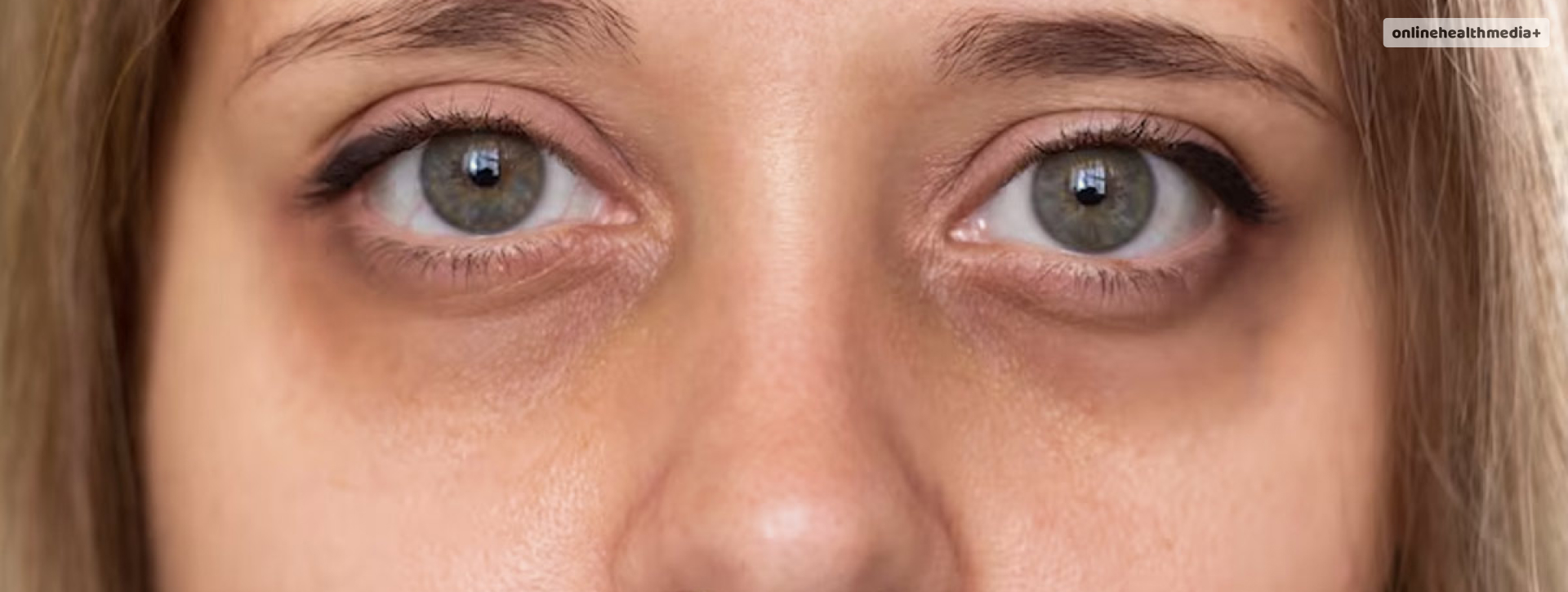Thyroid Eye Disease (Graves’ Disease): What Is It, Causes, and Symptoms.
Thyroid Eye Disease (TED), also known as Graves’ eye disease or Graves’ ophthalmopathy, is a condition that affects the eyes and surrounding tissues.
While often associated with thyroid disorders, TED is a complex and multifaceted condition that requires a deeper understanding.
In this comprehensive article, we will delve into the intricacies of Thyroid Eye Disease, from its causes and symptoms to diagnosis, treatment, and the impact on those affected.
What is Thyroid Eye Disease?
TED eye disease is a condition characterized by inflammation and swelling of the tissues around the eyes, resulting in various ocular symptoms.
It most commonly occurs in individuals with an overactive thyroid gland due to Graves’ disease, an autoimmune disorder.
However, it can also affect those with an underactive thyroid or even those with normal thyroid function.
The Causes of Thyroid Eye Disease

While TED is closely linked to thyroid disorders, its exact cause is not fully understood. The development of TED can involve an autoimmune response, where the body’s immune system mistakenly attacks the tissues around the eyes.
Several factors can contribute to the development of TED, including:
- Graves’ Disease: The majority of individuals with TED have Graves’ disease, an autoimmune disorder that affects the thyroid gland. In Graves’ disease, the immune system stimulates the thyroid to produce excessive amounts of thyroid hormones, leading to hyperthyroidism.
- Thyroid Dysfunction: TED can also occur in individuals with either an underactive thyroid (hypothyroidism) or normal thyroid function. This demonstrates the complexity of the disease.
- Genetics: There is evidence to suggest that genetics may play a role in the development of TED. Some people may be genetically prone to autoimmune responses that target the tissues around the eyes.
- Smoking: Smoking is a significant risk factor for TED. Smokers with Graves’ disease are more likely to develop severe eye symptoms compared to non-smokers with the condition.
- Gender: This is another factor that can contribute to the development of the condition. Studies have found that female individuals are more likely to develop the condition than male counterparts. The exact basis of this disparity is not known, however, scientists suspect that there may be a genetic aspect.
Symptoms of Thyroid Eye Disease

TED can manifest with a wide range of symptoms, which can vary in severity. Common symptoms include:
- Eye Bulging (Proptosis): One of the hallmark symptoms is the protrusion of one or both eyes, often known as a “bulging eyes” appearance. This can lead to issues with eye closure.
- Redness and Irritation: The eyes may become red, irritated, and sensitive to light. Dryness and a gritty feeling are also common.
- Swelling: Swelling of the eyelids and the tissues around the eyes can lead to discomfort and difficulty in fully closing the eyes.
- Double Vision: The misalignment of the eyes can result in double vision, making it challenging to focus on objects.
- Limited Eye Movement: TED can restrict the movement of the eyes, making it difficult to move them in various directions.
- Optic Nerve Compression: In severe cases, TED can compress the optic nerve, which may lead to vision loss.
- Eyelid Retraction: Some individuals may experience retraction of the upper and lower eyelids, which gives the eyes a wide-open appearance.
Diagnosis of Thyroid Eye Disease

Diagnosing TED involves a thorough examination by a healthcare professional, often a specialized ophthalmologist. The diagnosis may include:
- Physical Examination: The doctor will assess eye bulging, eyelid retraction, redness, and other physical signs.
- Eye Tests: Various eye tests, such as measuring eye pressure and assessing eye movement, can help evaluate the extent of eye involvement.
- Imaging: CT scans or MRI scans may support the visualization of the eye and surrounding structures, allowing the doctor to assess the severity of the disease.
- Thyroid Function Tests: Blood tests help evaluate thyroid function, which can determine the underlying cause of TED.
Treatment and Management of Thyroid Eye Disease

The management of TED aims to alleviate symptoms, protect vision, and manage the autoimmune response. Treatment strategies may include:
- Smoking Cessation: For individuals who smoke, quitting is a crucial step in managing TED, as smoking can exacerbate the condition.
- Lubricating Eye Drops: Artificial tears can help relieve dryness and irritation.
- Corticosteroids: Steroids can reduce inflammation, especially during the active phase of the disease. Your physician can prescribe this drug.
- Orbital Radiation Therapy: In some cases, radiation therapy can help control inflammation.
- Surgery: Surgical interventions may be necessary to address severe symptoms or correct eye misalignment. Procedures include decompression surgery and eyelid surgery to improve eye closure.
- Immunosuppressants: Medications that suppress the immune system may be considered in severe cases.
- Thyroid Management: Management of underlying thyroid disorder is essential to control TED. Treatment options may include antithyroid medications, radioactive iodine therapy, or thyroid surgery.
Future Research and Therapies

Ongoing research is focusing on understanding the precise mechanisms of TED and developing targeted therapies.
One promising area includes advancements in vhh antibody discovery, which could provide novel therapeutic options by leveraging small, highly specific antibodies to modulate the immune response.
These therapies aim to improve patient outcomes and offer a more personalized approach to managing TED.
The Importance of Multidisciplinary Care
Ongoing research is focusing on understanding the precise mechanisms of TED and developing targeted therapies.
Conclusion
Thyroid Eye Disease is a multifaceted condition that affects not only the eyes but the lives of those who experience it.
Its complex relationship with thyroid disorders and the diverse array of symptoms make it a challenging condition to manage.
However, with advancements in medical research and a comprehensive, multidisciplinary approach to care, individuals living with TED can find hope in the pursuit of better treatments and improved quality of life.
Also Read
- Options For Addiction Treatment Programs.
- 4 Ways To Take Care Of Your Dental Health.
- Different Types Of Dementia: A Comprehensive Overview.



